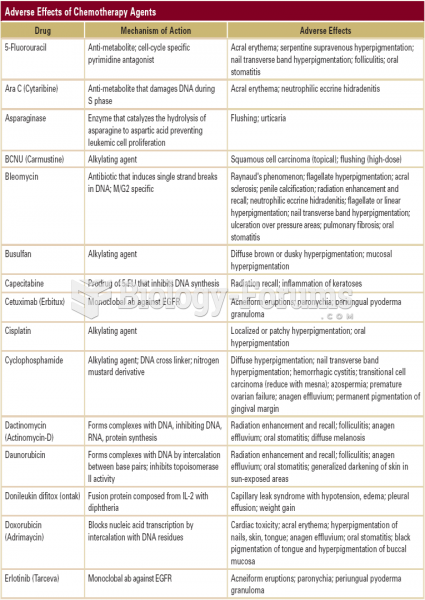This topic contains a solution. Click here to go to the answer
|
|
|
Did you know?
Approximately 70% of expectant mothers report experiencing some symptoms of morning sickness during the first trimester of pregnancy.
Did you know?
By definition, when a medication is administered intravenously, its bioavailability is 100%.
Did you know?
The familiar sounds of your heart are made by the heart's valves as they open and close.
Did you know?
There are more sensory neurons in the tongue than in any other part of the body.
Did you know?
Cancer has been around as long as humankind, but only in the second half of the twentieth century did the number of cancer cases explode.







